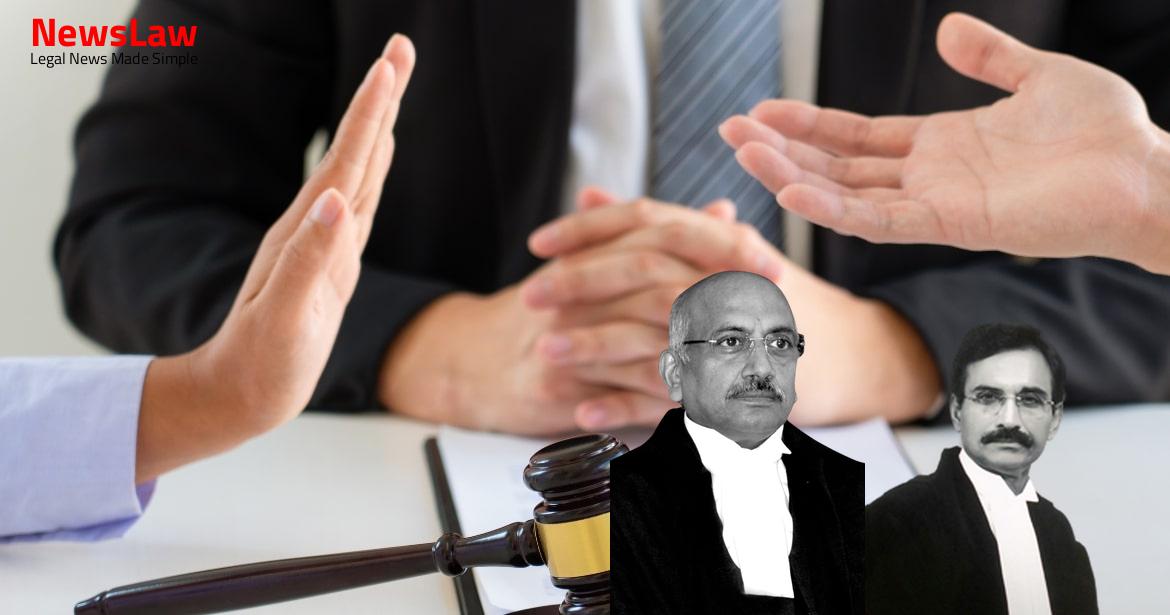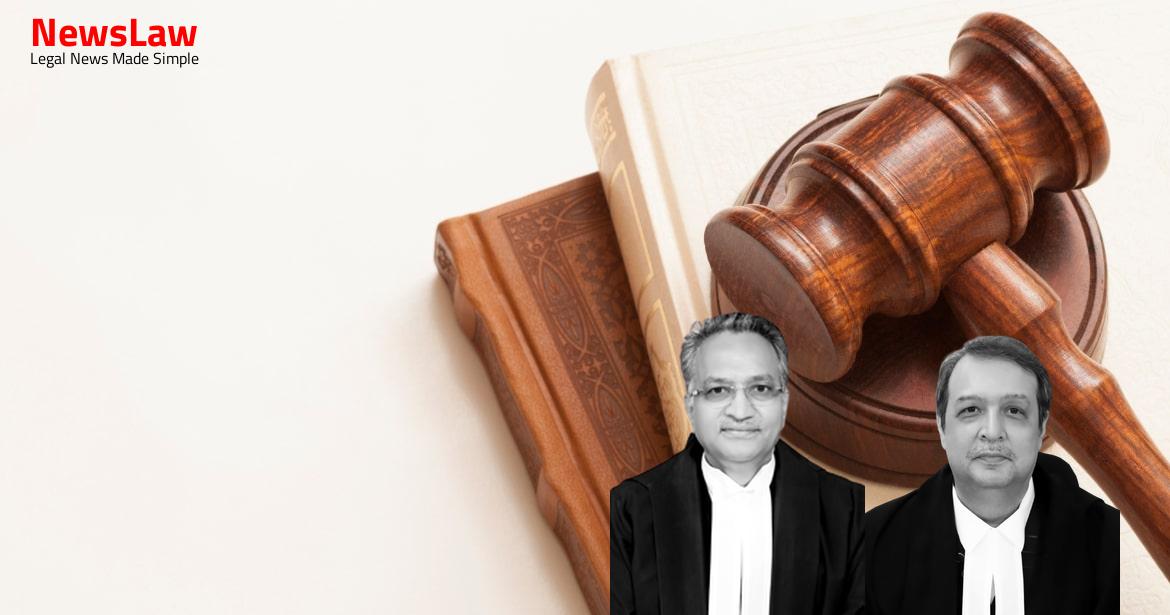Delve into a comprehensive legal analysis of a celebratory firing incident that resulted in tragic consequences. The court’s meticulous examination of the evidence and application of legal principles led to a nuanced decision that modified the appellant’s conviction. Explore the complexities of culpable homicide and the implications of intent in determining legal culpability in such cases.
Facts
- Appellant fired shots from his son’s licensed gun causing fatal injuries and injuring others.
- Appellant claimed firing was accidental, caused by a ball hitting the gun.
- Multiple eyewitnesses testified seeing the appellant holding and firing the gun.
- High Court rejected appellant’s plea, stating it was not accidental but intentional.
- Appellant convicted under Sections 302 and 307 of IPC, sentenced to life imprisonment.
- Appellant acquitted for offence under Section 25 of Arms Act.
- Special leave petition issued to determine if the offence falls under Section 302 or 304 of IPC.
- Incident occurred during son’s wedding, celebratory gunfire resulted in fatal injuries.
- Judgment based on testimonies of eyewitnesses and injured witnesses.
- Dharam Singh filed an FIR at PS Kothwali, Bageshwar, detailing the incident.
- Pellets struck 5 persons in the courtyard, leading to injuries.
- Anita and Khushal Singh @ Sonu succumbed to their injuries in the hospital.
- Initially, a charge sheet under Section 304, IPC was filed, later amended to include charges under Sections 302 and 307, IPC along with Section 25 of the Arms Act.
Also Read: Legal Analysis on Arbitration Petition Limitation Period
Arguments
- The appellant’s counsel argued that the incident was a case of celebratory firing resulting in unintentional deaths and injuries.
- The appellant had no knowledge that firing towards the roof could cause death, therefore it is not ‘culpable homicide’.
- The counsel contended that the act should be considered as negligence under Section 304-A of the IPC.
- The appellant was rightly convicted under Section 302, IPC based on evidence that he aimed at Smt. Anita, fired a gunshot from the roof, and the bullet struck her chest resulting in her death.
- Both Anita and Khushal Singh died from the injuries sustained.
- The appellant’s actions could potentially constitute culpable homicide not amounting to murder under Section 304 Part-2, IPC, as he had knowledge that his act was likely to cause death but lacked the intention to cause death or such bodily injury likely to cause death.
- Khushal Singh @ Sonu also received firearms injuries in the incident.
Also Read: Analysis of High Courts’ Jurisdiction and Court Orders Under Article 142
Analysis
- The appellant’s act of firing the gun towards the roof was not with the intention of causing death or fatal bodily injury.
- The prosecution version suggesting the appellant aimed at the victims was rejected.
- The appellant’s defense of accidental firing due to a play-ball hitting the gun was unfounded.
- The appellant failed to take reasonable safety measures while handling the gun during a celebratory event.
- The act of firing a licensed gun in a crowded place, knowing the potential danger, constitutes culpable homicide under Section 299 of the IPC.
- The intention of the appellant to kill the victims was not proven beyond a reasonable doubt.
- The appellant is entitled to the benefit of doubt in this case as the evidence does not support a clear intention to cause harm.
- The appellant aimed and fired the gun towards the roof, contradicting the defense of accidental firing.
- Sections 299 and 300 of the IPC address situations where death is caused intentionally or by causing bodily injury that is likely to cause death.
- Both sections cover cases where the offender knows that the bodily injury inflicted is likely to cause death.
- These provisions apply even in situations where there is no intention to cause death or bodily injury that would normally result in death.
- In the case of Kunwar Pal (Supra), a similar situation arose.
- The Court held that the decision in Kunwar Pal case would have a direct impact on the present case.
- The Court considered the legal principles and precedents established in the Kunwar Pal case to be applicable in the current situation.
- The appellant is liable to be punished for ‘attempt to commit culpable homicide’ under Section 308 of IPC for injuring three victims.
- Carrying a gun with live cartridges and firing it in the presence of several people is likely to cause death.
- Using guns in places like marriage ceremonies is irresponsible and dangerous.
- The appellant had the requisite knowledge for ‘culpable homicide’ under Section 299 and is punishable under Section 304 Part-2 of IPC.
- The appellant is held guilty under Section 304 Part-2 and not under Section 302 of IPC.
Also Read: Electoral Malpractices in Mayor Election
Decision
- The conviction of the appellant under Section 302, IPC is modified to Section 304 Part-2, IPC
- The conviction under Section 307, IPC is altered to Section 308, IPC
- The sentence of life imprisonment for the offence under Section 302 IPC is reduced to 10 years’ rigorous imprisonment
- The sentence under Section 307, IPC is substituted with Section 308 IPC, with no alteration in the fine imposed by the trial court
Case Title: BHAGWAN SINGH Vs. THE STATE OF UTTARAKHAND (2020 INSC 310)
Case Number: Crl.A. No.-000407-000407 / 2020



